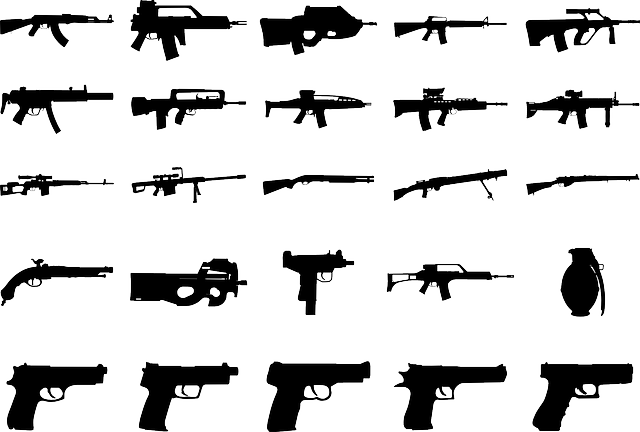Checking the truth of facts from presidential debate
Politics is said to be a dirty game and it’s never easy for us to stop our politicians from lying. Since most politicians say what they want you to hear, it might be a problem noticing when they are lying and when they are telling facts.
With technological advancements, you are now able to notice when your politician is lying and when he is talking the truth. With the numerous political advertisements that come on screen every now and then, you may not know when an advert is talking the truth and when its not. Sometimes there are organizations responsible for the adverts in a bid to get favors from the politicians once they are in power.
With the couple of FREE iPhone apps available on the market today such as Super PAC app and Ad Hawk which are completely free, you can now find out the people behind these political advertisements and also note whether they are genuine or out there to mislead. Furthermore, these apps are easy to use and there isn’t much effort needed on your side. All you need to do is place your iPhone as close as possible to your television when the ad appears and the app does the rest.
In the case of the Presidential debate, you might want to know whether a candidate is talking the truth or lying using an iPhone app such as Politifact Mobile and WP politics.
These apps work very conveniently to show you the truth behind what a politician is talking about. Not just the stuff they come out with on Instagram or Twitter which might be posted from an employee anyway.
Sometimes politicians tend to say things that aren’t factual and get away with it as no one is really checking at the moment. Nevertheless, the Politifact Mobile app will help you identify politicians who are trying to change what they had mentioned earlier in their own speeches. The app shows you whether the politician is talking the truth, half truth or false.








